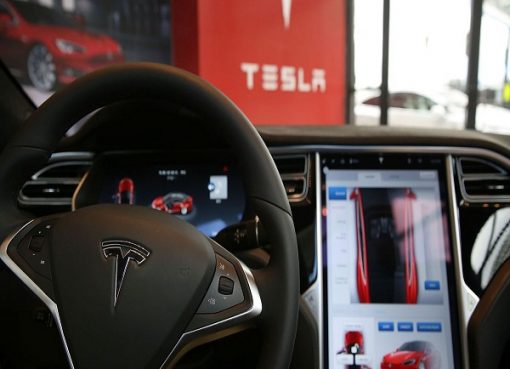Since Russia’s historic launch of Sputnik 1 in October 1957, humanity has witnessed the deployment of approximately 55,000 satellites into space as of 2023.
And it’s estimated that there are millions of pieces of debris larger than 1 centimeter (0.4 inches) and tens of millions of smaller debris particles. These are hard to track.
So, in a recent study, researchers said they found a way to track these little nuisance-creating metals. And they utilized artificial intelligence to accomplish this.
Tracking and Imaging Radar
The research project involved the team modeling a prominent radar system in Europe called the Tracking and Imaging Radar to generate training and testing data for an object detection task.
The team used data from this radar to teach computers how to recognize and track objects. They then compared two different ways of teaching the computer to recognize these objects.
The first was a detection system based on the You-Only-Look-Once (YOLO) algorithm, which is well-known in the field of computer vision.
The main thing about YOLO is that it can spot objects in just one go through the neural network, unlike older methods that needed several passes or sliding windows. This makes YOLO much faster and more efficient
The evaluation was conducted in a simulated environment, likely to mimic real-world conditions. The results showed that the YOLO-based detection system outperformed the traditional approaches.
Specifically, it achieved a higher detection rate while maintaining a low rate of false alarms. This suggests that YOLO-based detection could be a more effective and efficient solution for object detection in radar systems compared to classical methods.
“In addition to improving space surveillance capabilities, artificial intelligence–based systems like YOLO have the potential to revolutionize space debris management,” said Federica Massimi, co-author of the study.
“By quickly identifying and tracking hard-to-detect objects, these systems enable proactive decision-making and intervention strategies to mitigate collisions and risks and preserve the integrity of critical space resources,” added Massimi.
What are the existing models for detecting space debris?
Removing this existing debris is essential for maintaining a safe and sustainable space environment. This is why various space agencies and organizations track these debris particles worldwide to help mitigate the risks they pose to operational spacecraft.
But with the speed and quantity of satellites we’re launching into space, which increases yearly, the debris is bound to increase.
Satellites in space avoid debris by carefully planning satellite orbits to minimize the risk of collision with known debris and designing satellites with protective shielding to withstand small impacts.
Additionally, satellite operators use ground-based tracking systems to monitor debris and maneuver satellites if necessary to avoid potential collisions.
Source: IE










